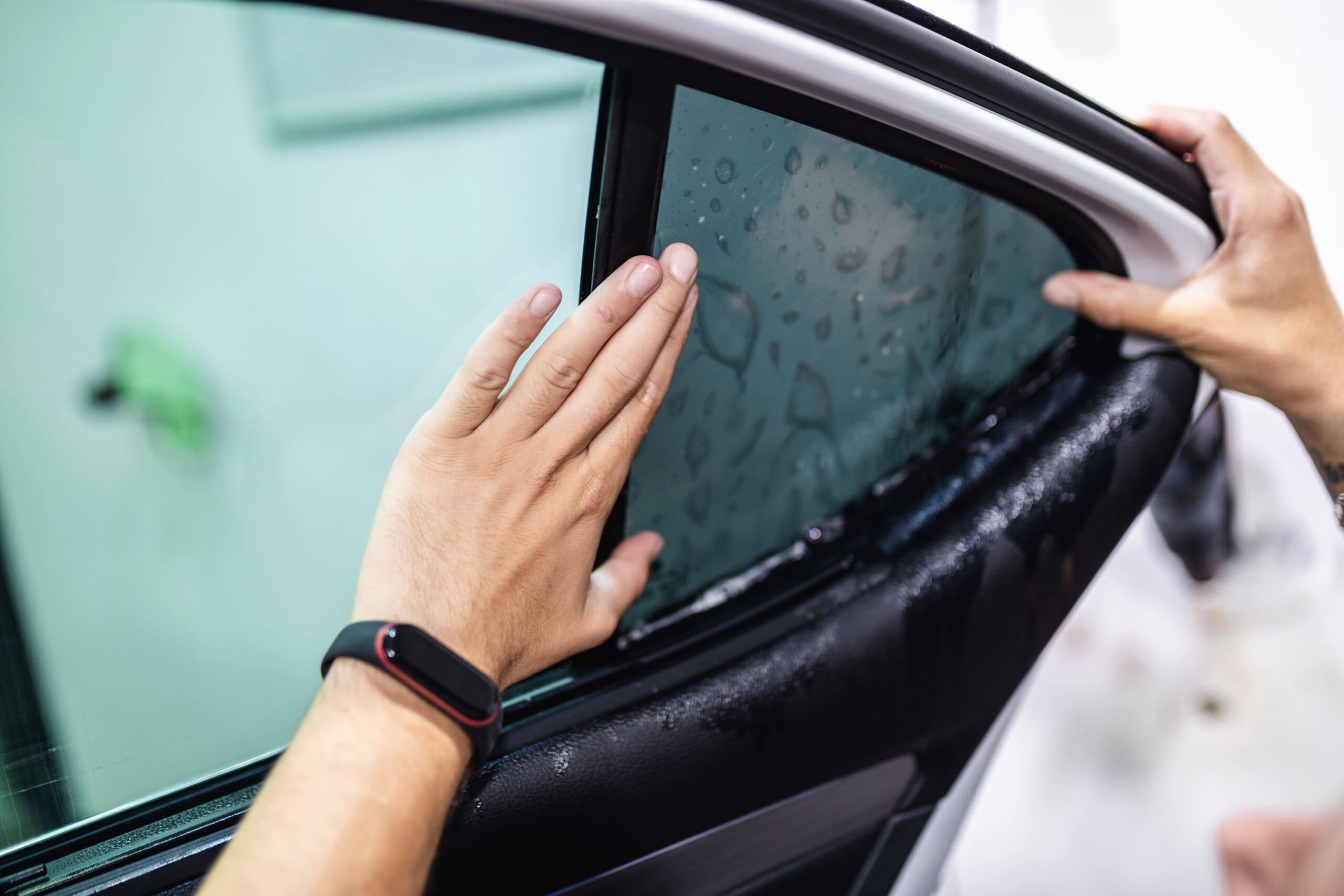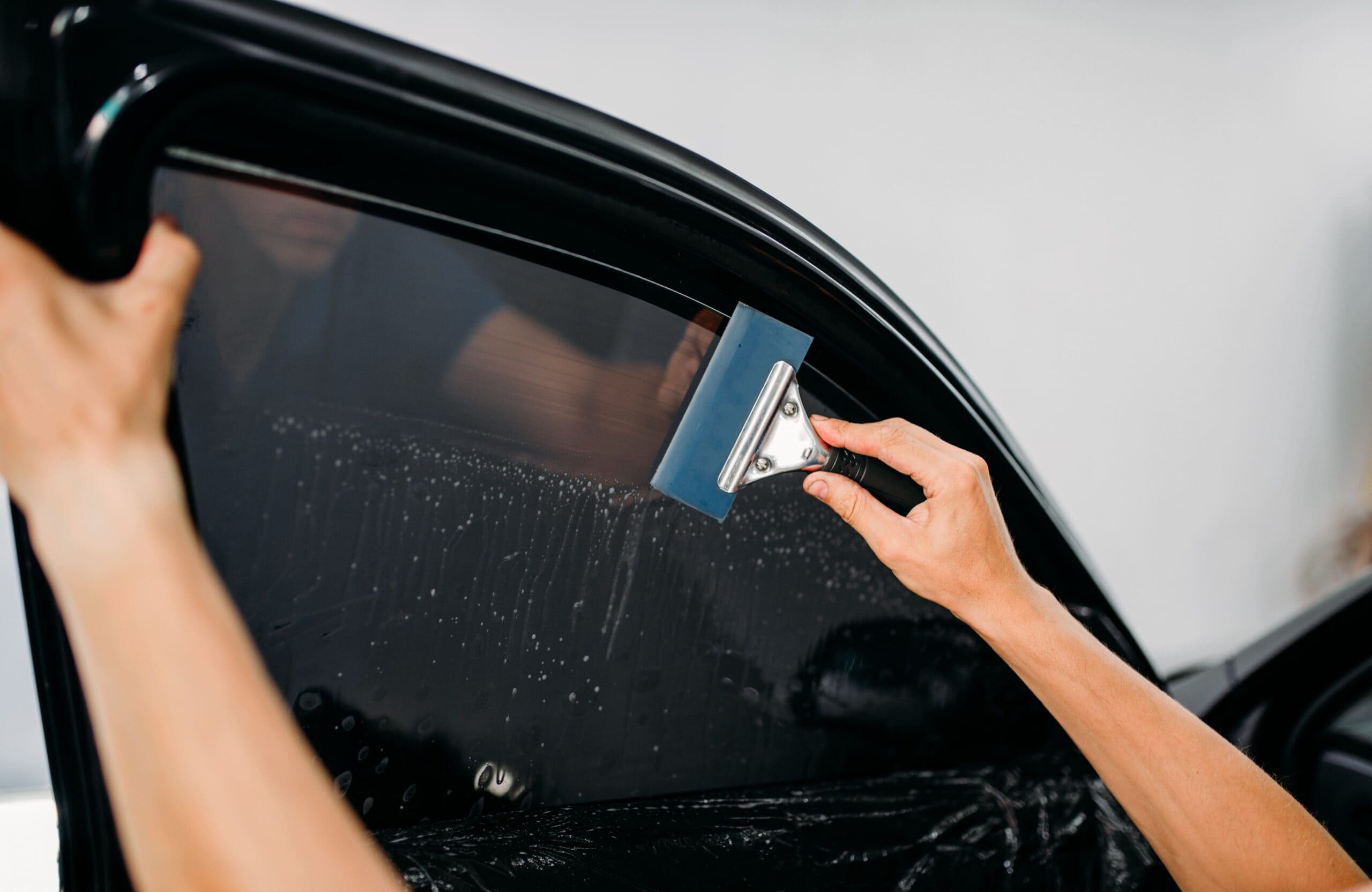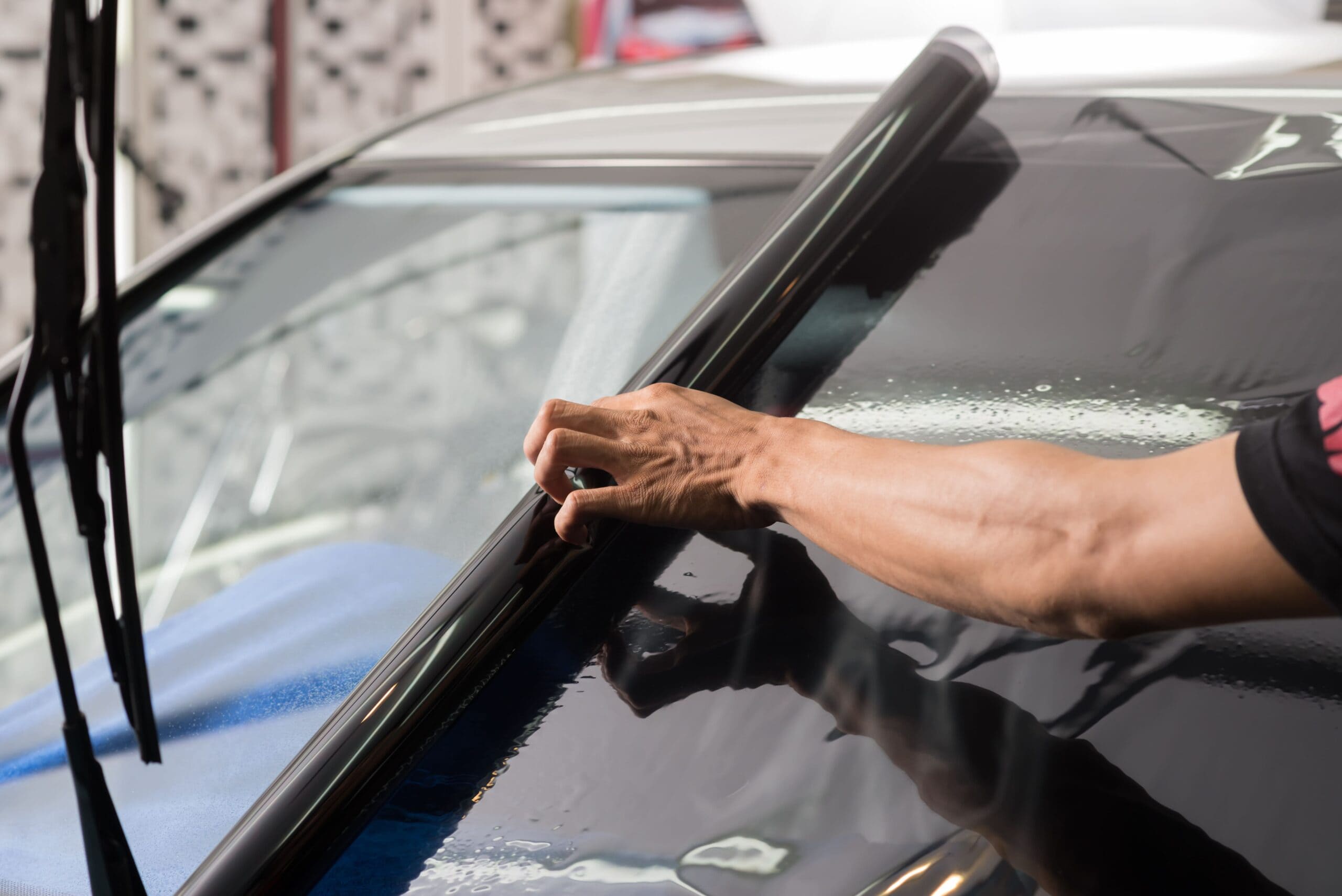1. Base Film Selection:
The process begins with selecting a suitable base film, typically polyester (PET) or high-quality polymers, providing structural integrity and transparency for the window film.
2. Nanoparticle Dispersion:
Nano-sized ceramic particles are dispersed in a solution or polymer matrix, engineered for properties like high infrared (IR) rejection and visible light transmission, shaping key features of the window film.
3. Coating Application:
The nano-ceramic solution is precisely applied to the base film, ensuring an even distribution of particles through methods like coating, spraying, or deposition.
4. Curing and Drying:
The film undergoes a meticulous curing or drying process post-application to solidify the nano-ceramic particles, which is crucial for achieving the intended optical and thermal properties.
5. Quality Control:
Rigorous quality control assesses uniformity, clarity, and various performance characteristics, including heat rejection, visible light transmission, UV protection, and durability.
6. Cutting and Sizing:
The final nano-ceramic film is accurately cut into sheets or rolls, meeting specific customer size requirements.
7. Lamination (Optional):
Depending on design and application needs, additional lamination processes may enhance durability, UV resistance, and overall performance.
8. Adhesive Layer Application:
An adhesive layer is applied for seamless glass surface attachment, engineered for strong bonding without compromising optical clarity.
9. Packaging:
Meticulous packaging safeguards the completed nano-ceramic window film during distribution, with materials chosen to prevent potential damage during transportation and storage.








Reviews
There are no reviews yet.